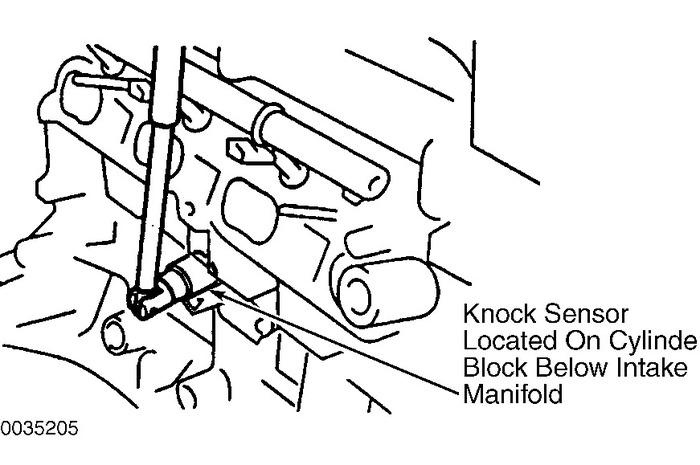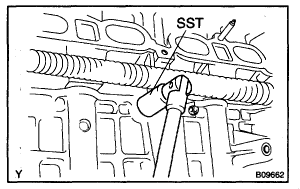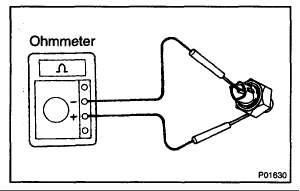I just want to clarify, on a four cylinder engine, the knock sensor is located on the backside of the engine block, directly below the cylinder head (facing the rear of the engine compartment).
1. Disconnect the cable from the negative terminal on the battery.
2. Pinch off the coolant hoses to the throttle body before removing the intake manifold/throttle body).
3. Remove the intake manifold.
4. Disconnect the electrical connector and remove the knock sensor.
5. If you are going to reuse the old sensor, coat the threads with thread sealant. New sensors are pre-coated already. Do not apply any additional sealant or the operation of the sensor may be affected.
6. Install the knock sensor and tighten it securely (approx. 30 ft-lbs). Do not over-tighten the sensor or damage may occur. Plug in the electrical connector, refill the cooling system and check for leaks.
Friday, August 24th, 2012 AT 5:55 PM





